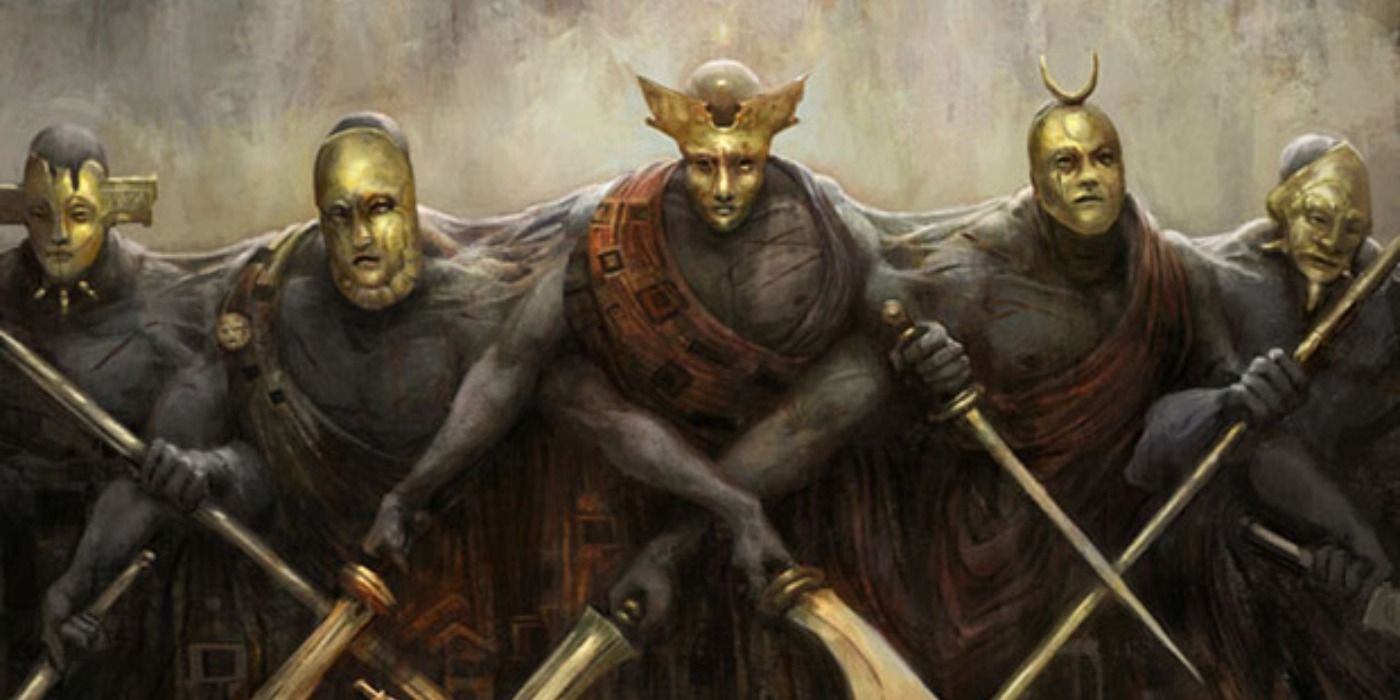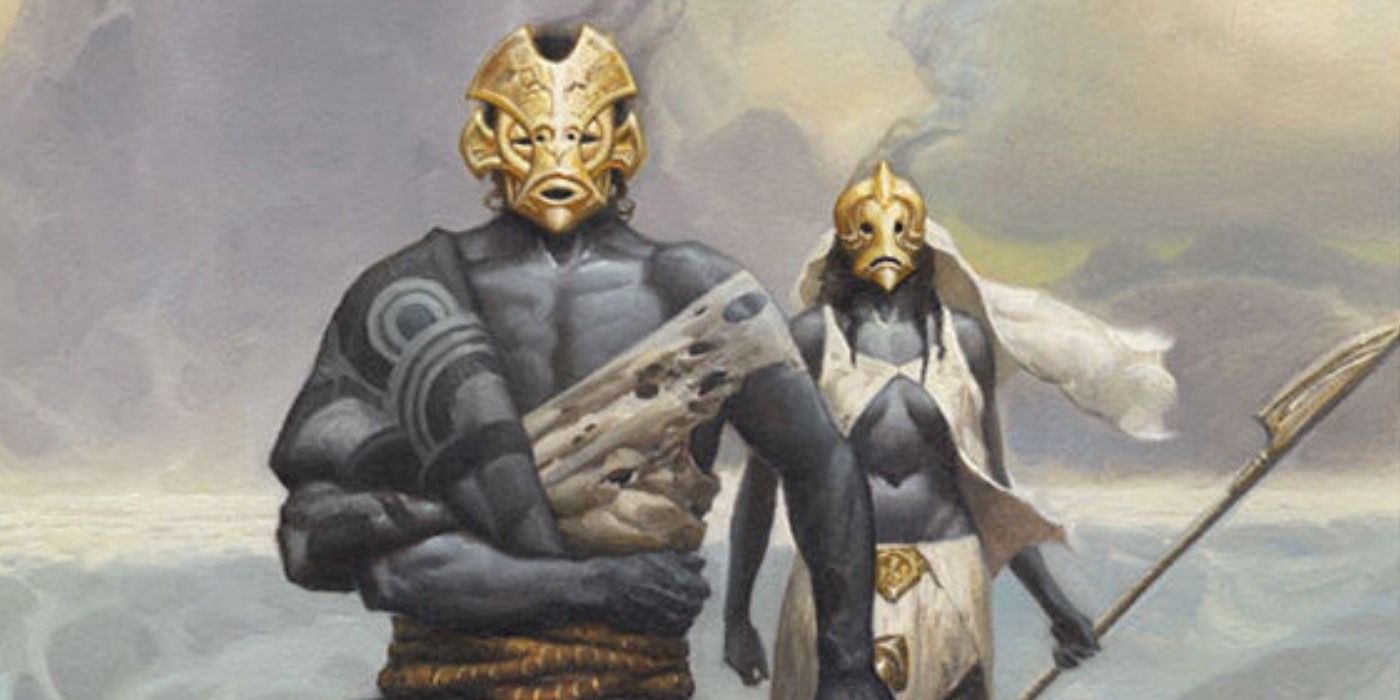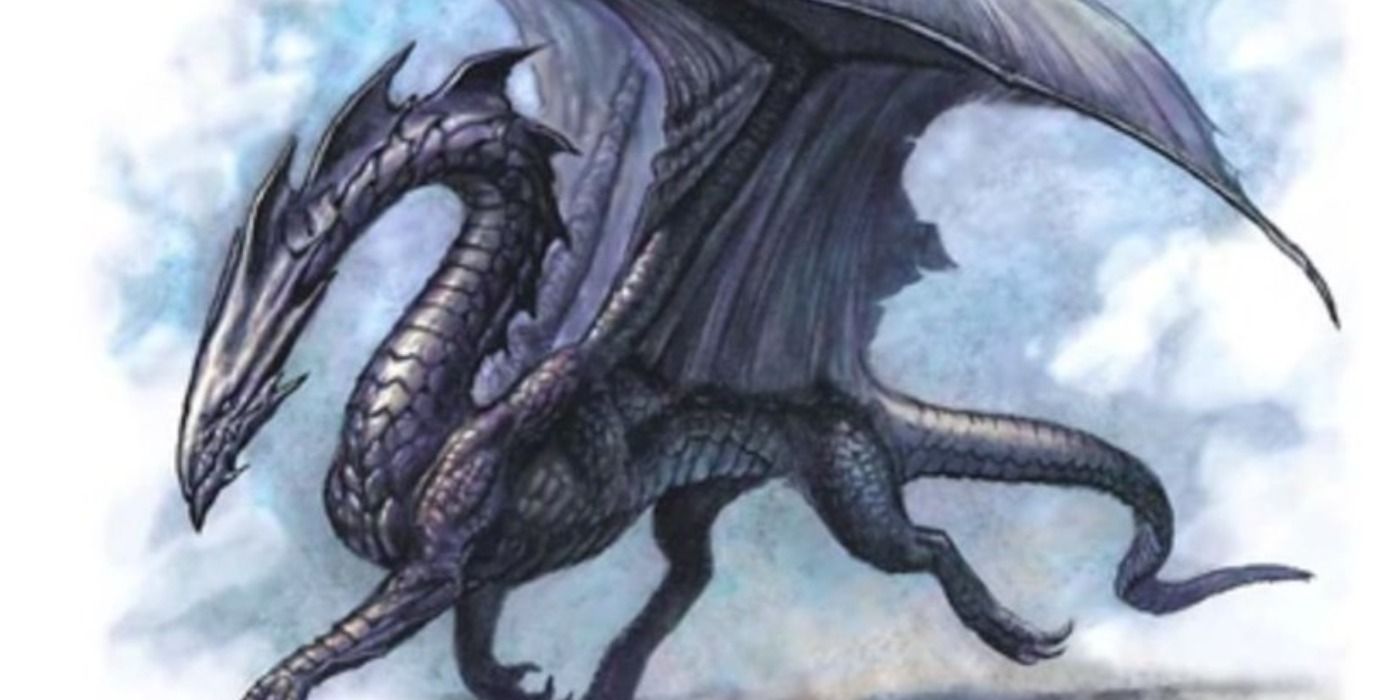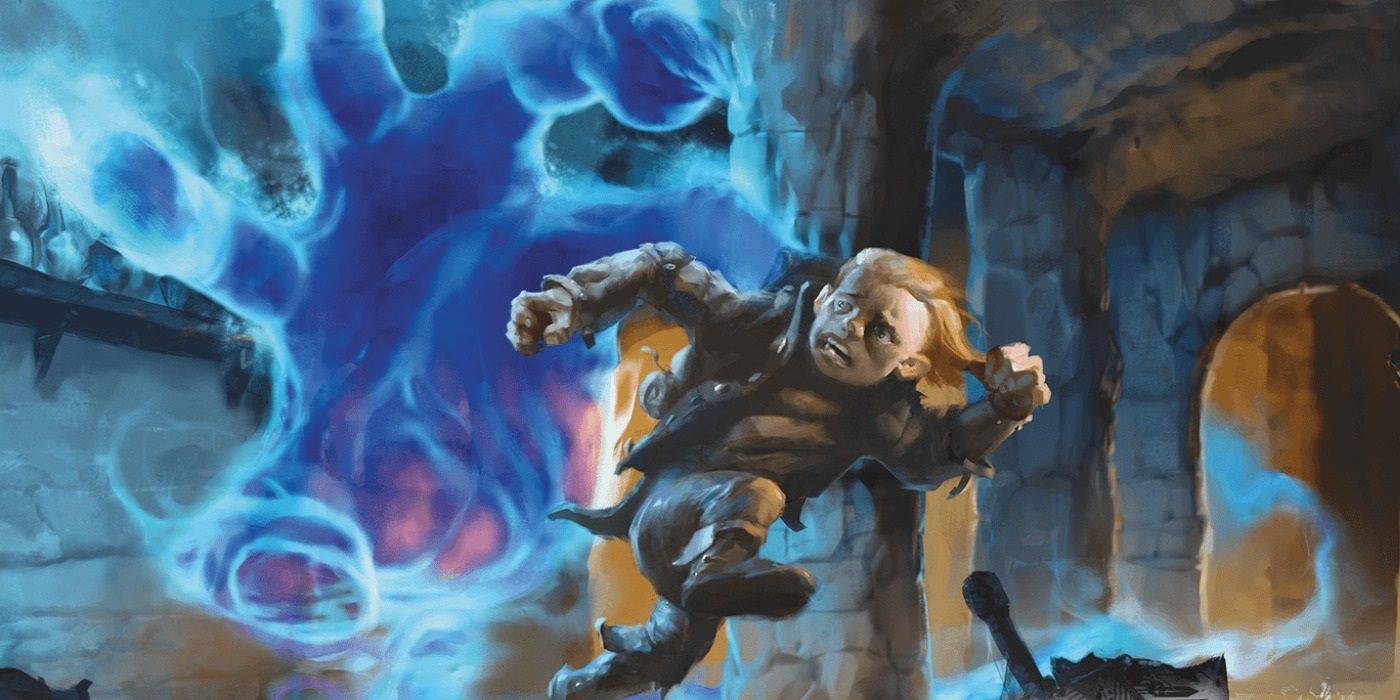There have been countless official and homebrew monsters created for Dungeons & Dragons over the years, yet DMs tend to stick with the same tried and true creatures in their campaigns. This is especially true during the low levels of play. There are lots of unique monsters from existing D&D sourcebooks that can easily be retooled for use in games, including for low-level parties, so long as the DM is willing to leave their comfort zone.
People who have been playing D&D for a long time know that some enemies are used over and over again in low-level campaigns. These include goblins, kobolds, orcs, hobgoblins, bugbears, skeletons, zombies, bandits, wild animals, giant versions of animals that are normally weak, gnolls, lizardfolk, the dreaded flumph of legend, and worgs. If a character is traveling by ship, then there is a good chance that they will be boarded by sahuagin, to the point where it's practically a trope of the game.
The DMs who don't want to trot out the same fantasy monsters for low-level parties can try experimenting with something a little different. This is especially important for long-running groups that are getting a little burned out on D&D. There are lots of interesting and unique monsters that can be used for low-level parties, that are also strong enough to provide a challenge, without steamrolling them.
The Returned Are A Unique Monster For Low-Level D&D Parties
Low-level adventuring parties in D&D will usually face the same group of undead over and over again: skeletons, zombies, ghouls, specters, and ghasts. Not all undead need to be mindless bundles of bones, as Mythic Odysseys of Theros brought the Returned from Magic: The Gathering into D&D. The Returned are warriors who died in battle and ended up in one of the darker parts of the Underworld. They have managed to escape back to the Prime Material Plane, but they have lost their memories in the process, and cover their lack of eyes and gaping mouths with a mask. It would be easy to use the Returned as a playable race, by using the Reborn lineage from Van Richten's Guide to Ravenloft.
It's easy to adapt the Returned to the standard D&D campaign worlds, as there are many ways to travel between the dimensions. It's possible that a group of Returned arrived in the world accidentally, due to being caught in a portal or being called by a spell as part of a botched summoning ritual. The Returned's lack of memories means they can easily be used in a number of different situations as villains. It's possible that they have become marauders, due to their only memories coming from fighting in the Underworld, and are just doing that which is familiar to them.
If the Returned were accidentally summoned by a spellcaster, then perhaps they have been manipulated into becoming bodyguards or servants, and have been performing wicked deeds in the name of another. A group of four Returned Drifters and a Drifter Sentry from Mythic Odysseys of Theros would make for a challenging boss encounter for a first-level D&D party, assuming their resources aren't too depleted already. The Returned are also a rare case of undead that can be reasoned with, and it's possible thanks to the parley rules from Tasha's Cauldron of Everything.
Deep Dragon Wyrmling Is A Unique D&D Monster For Low-Level Parties
The true dragons are known for having breath weapons that are based on the elemental affinities in D&D, such as red dragons breathing fire, silver dragons breathing cold, and crystal dragons breathing radiance. There are some monsters in Fizban's Treasury of Dragons that possess unconventional breath weapons, such as the Elder Brain Dragon, which exhales a tidal wave of vicious tadpoles that devour the unfortunate victims of the attack.
Fizban's Treasury of Dragons has stats for deep dragons, which are dragons that have been altered (some might say corrupted) by the environment of the Underdark. Deep dragons fire a cloud of spores at the enemy, which shows them nightmarish images conjured by their own imaginations. The targets can also be inflicted with the frightened condition by the breath weapon, making it difficult for them to fight back.
A deep dragon wyrmling is an appropriate challenge for a low-level party, and it would make a great opponent for a D&D adventure or short campaign. The ability to inflict nightmarish images on others is not one to be taken lightly, as it can be used to bind weaker creatures to the deep dragon's will, with the threat of more visions to those who don't comply. A deep dragon wyrmling has gathered weaker creatures as guardians, prompting the party to be called to action, to stop this monster colony from growing too big.
They will hear all kinds of rumors about the leader of the monsters, all of which are different, as they are fueled by visions of those who have encountered the beast's spore breath, rather than the real thing. Once the party finally tracks down the mythical nightmare keeper, they might be dissatisfied by the fact that it's just a (relatively) small dragon. This disappointment will go away, once they have been hit by its breath weapon, and will have to encounter their own deepest fears.
Bigby's Living Hand Is A Great Monster For Low-Level D&D Parties
Giant hands or monsters with giant hands that act as weak points are a common sight among video game bosses. The Legend of Zelda series loves throwing giant hands at Link. This doesn't happen as often in tabletop RPGs, but that can change, thanks to the Living Bigby's Hand monster, which was statted out in the Icewind Dale: Rime of the Frostmaiden campaign. Bigby is a powerful mage from the Greyhawk campaign setting, who created lots of hand-themed spells throughout the various editions of D&D. The most well-known of these is Bigby's hand in 5e, which creates a massive hand made out of force energy, which can block enemies, push them back, or even crush them into dust.
A Living Bigby's Hand was created by a spellcaster using the Bigby's hand spell, but some magical accident has allowed it to remain on the Prime Material Plane, even though its duration has expired. A massive hand made of energy that has the ability to shove party members around or hold them in place would make for a great threat in an area with environmental hazards. It's also easy to give it an elemental affinity other than force, such as fire or cold, to hide its origins, and make it into a different monster. Bigby might be a respected Wizard, but he would lose his street cred pretty quickly if his contemporaries in the Dungeons & Dragons multiverse found out his hands were running wild.




